Explore data with ease: Use SQL and Text-to-SQL in Amazon SageMaker Studio JupyterLab notebooks
AWS Machine Learning Blog
APRIL 16, 2024
They then use SQL to explore, analyze, visualize, and integrate data from various sources before using it in their ML training and inference. Previously, data scientists often found themselves juggling multiple tools to support SQL in their workflow, which hindered productivity.

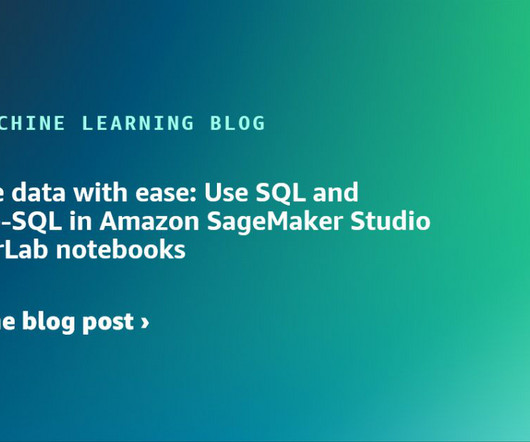

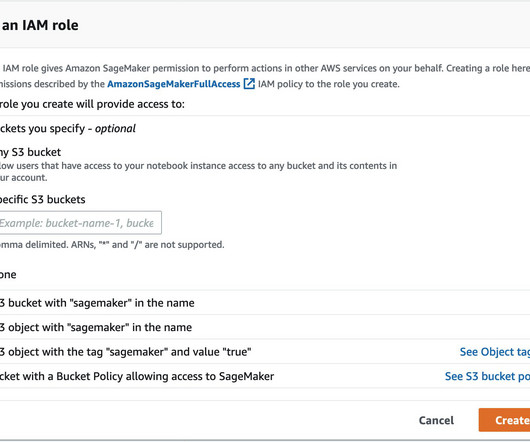
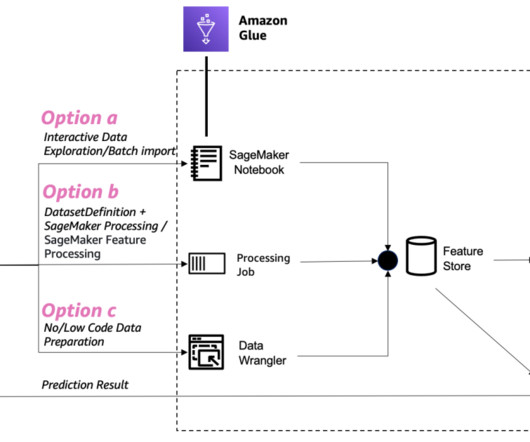

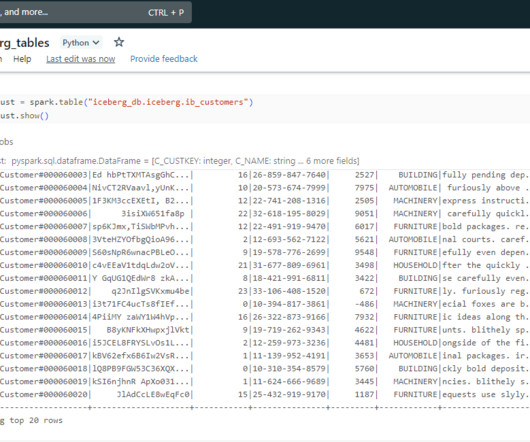
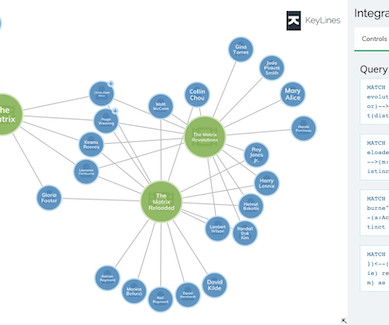
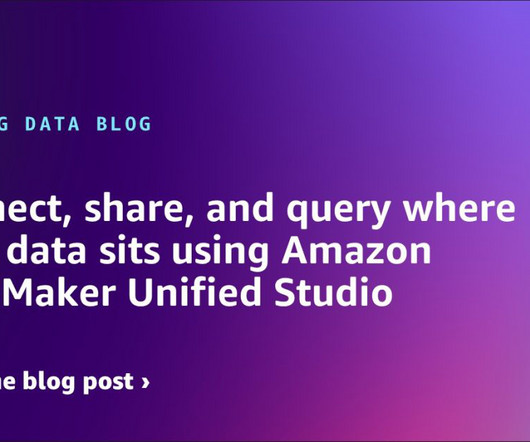







Let's personalize your content